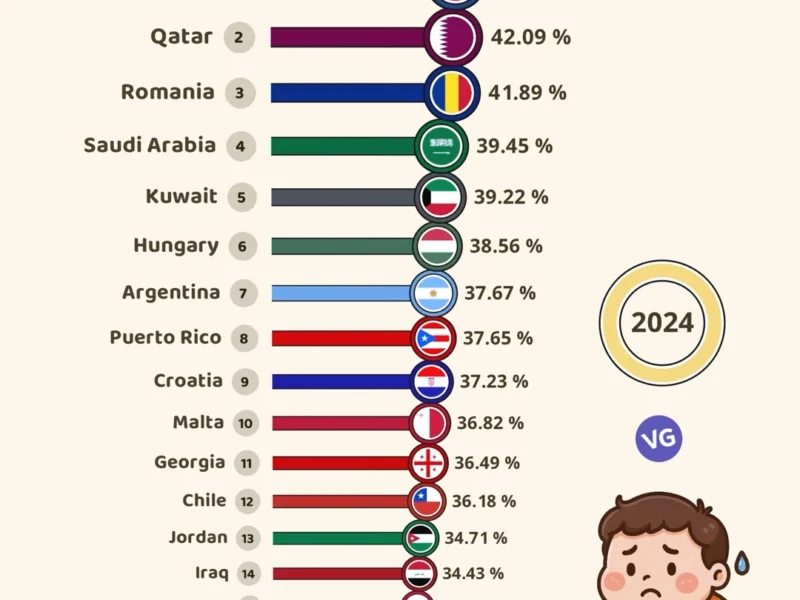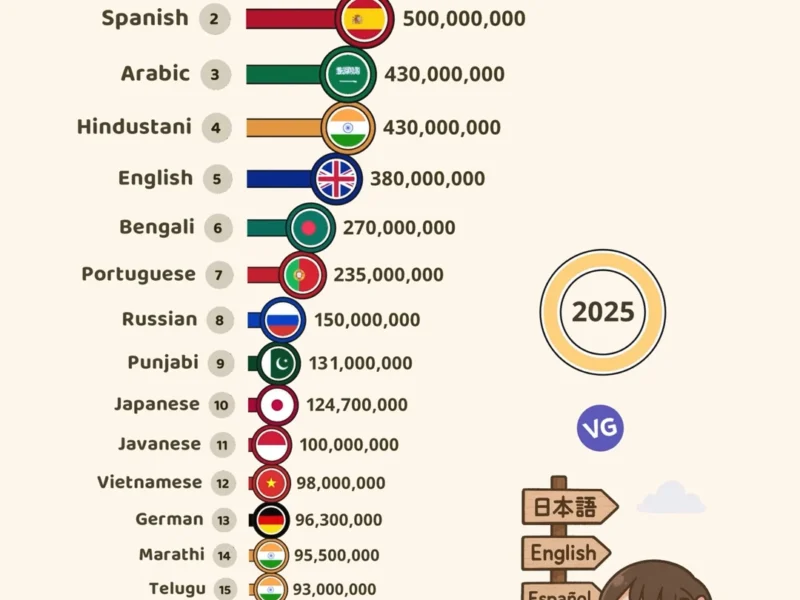India is known for its large population. It has over 1.4 billion people. This is 17.5% of the world’s people, with only 2.4% of the land.1 In this big country, one state is packed with people more than any other. That’s Uttar Pradesh. In 2011, it had almost 200 million people. This is about 16.51% of India’s total population.1
Key Takeaways
- Uttar Pradesh is the most populous state in India, with a population of 199.8 million in 2011.
- Uttar Pradesh accounts for 16.51% of India’s total population.
- The state has a population density of 828 people per square kilometer and a sex ratio of 912 females per 1,000 males.
- The rural population of Uttar Pradesh constitutes 77.73% of the total, while the urban population is 22.27%.
- Uttar Pradesh is the world’s most populous sub-national entity, surpassing even the population of some countries.
Introduction
India is the world’s second-most populous country, just after China.2 Detailed population data aids policymakers and planners. They develop strategies for social and economic growth. This data is also crucial for resource allocation and service delivery.
The decennial population census is a vast operation in India. It’s managed by the federal government. This effort gives important insights. It shows demographic trends, how the population is spread, and other essential facts.
Brief Overview of India’s Population
As of 2022, India’s population surpasses 1.4 billion people, making up 17.5% of the global population.3 Yet, India only takes up 2.4% of the world’s land.3 The growth rate has dropped from 2.15% (2001-2011) to 1.76% (2011-2021).3 India’s people vary in density, sex ratio, and urban-rural makeup across its 28 states and 8 union territories.
Importance of Population Statistics
For India, the world’s second-most populous country, good population stats are vital.2 This data helps leaders make important decisions. It guides strategies for growth, where to invest resources, and how to provide services.
The population census in India is a huge undertaking. The government does it every ten years. It gives deep insights into how the population is changing and growing. It also shows where people live and more.
Which State Has the Highest Population in India
Uttar Pradesh: The Most Populous State
Uttar Pradesh tops the list in India, with a whopping 199,812,341 people, as of the 2011 Census.1 This makes up 16.51% of India’s total people. It’s not just the biggest state in India but also more crowded than many other countries.
Population Statistics of Uttar Pradesh
In the 2011 Census, the headcount in Uttar Pradesh came to 199,812,341. Of these, 155,317,278 (77.73%) call the rural areas home, while 44,495,063 (22.27%) live in cities.1 Here, there’s an average of 828 folks per square kilometer. Also, for every 1,000 men, there are 912 women.1
Other Highly Populated States in India
Maharashtra
Maharashtra is India’s second most populous state. It has a population of 112,374,333 people, making up 9.28% of the total. The state is known for its high population density of 365 people per square kilometer. It also has more women, with 929 females for every 1,000 males.
Bihar
Bihar ranks as the third most populous state in India. It’s home to 104,099,452 people, which is 8.6% of the country’s total. This state has a dense population, with 1,102 people living in each square kilometer. That’s the third-highest density in the nation.
West Bengal
West Bengal comes in as the fourth most populous state of India. It has a population of 91,276,115, which is 7.54% of the nation’s total.2 This state’s population density stands at 1,029 people per square kilometer.
| State | Population | Percentage of India’s Total Population | Population Density (per sq km) |
|---|---|---|---|
| Uttar Pradesh | 199,812,341 | 16.51% | 828 |
| Maharashtra | 112,374,333 | 9.28% | 365 |
| Bihar | 104,099,452 | 8.6% | 1,102 |
| West Bengal | 91,276,115 | 7.54% | 1,029 |
Factors Contributing to High Population Density
In some Indian states, several reasons lead to a high population density. A big cause is the high number of births in certain areas. Places like Uttar Pradesh and Bihar have more babies than the national average. This makes the population grow quickly.4
Fertility Rates
Many factors lead to high birth rates in these areas. They include how rich or poor people are and their way of life. Places with lots of children are changing slowly in some ways. They are not making fewer children like other areas are. So, they have more young people and adults who can have children.5
Migration Patterns
Moving from one place to another within the country is also a big deal. Areas like Maharashtra and Delhi see a lot of people move in. This makes cities bigger and populations grow fast.4 More people in cities can use up resources fast. This makes living there harder for everyone.
Geographical Factors
The land itself can make a place have more people living in it. The Indo-Gangetic area is very crowded because it’s good for farming and has water. These things help a lot of people live and work there.4
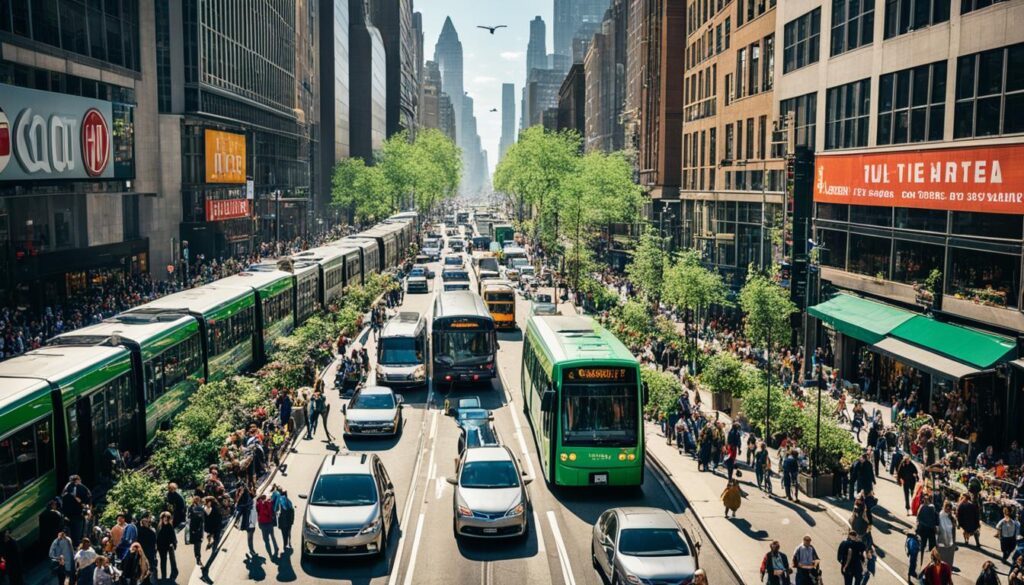
Challenges of High Population Density
In several Indian states, the high number of people is a big issue. It puts a lot of pressure on natural resources like land, water, and food.6 There’s more demand for these resources than what’s available. This has led to problems such as not enough water, cutting down forests, and making the land worse.
Strain on Resources
There’s a lot of people living in certain areas of India. This means there’s more pollution in the air and water.6 Also, many plants and animals have disappeared. And we’re using up the natural resources too fast.
Environmental Impact
Certain parts of India have too many people. This has caused problems like too many people in one place, not enough jobs, and poverty.6 It has also made people unhappy and caused fights. The community spirit has weakened.
Social and Economic Implications
Population Control Measures
The Government of India is tackling high population density challenges through various steps.7 In 1952, it started the National Family Planning Program. It’s among the world’s oldest and most extensive efforts to promote birth control. Its goal is to lower birth rates.
Government Initiatives
The government works on making contraceptives like condoms and birth control pills more available.7 It wants people to know the value of family planning. It also aims to make parents choose to have fewer kids.
Family Planning Programs
There are special efforts in areas with more births. Uttar Pradesh, for example, is offering rewards for families with two children. It places fines on those with more. This move is part of an effort to slow down growth in its very populated state.7 Other states like Tamil Nadu and Kerala have seen success in lowering birth rates. This is because they focus on the bigger picture of human development along with controlling the number of births.7
In general, the country has seen a drop in how many children families have.78 But places like Bihar and Kishanganj are still struggling. It’s tough for them to put effective population control plans in place.9 To really make a difference, efforts have to deal with the main reasons for big families. Things like poor living conditions and lack of access to family planning services are crucial to address.
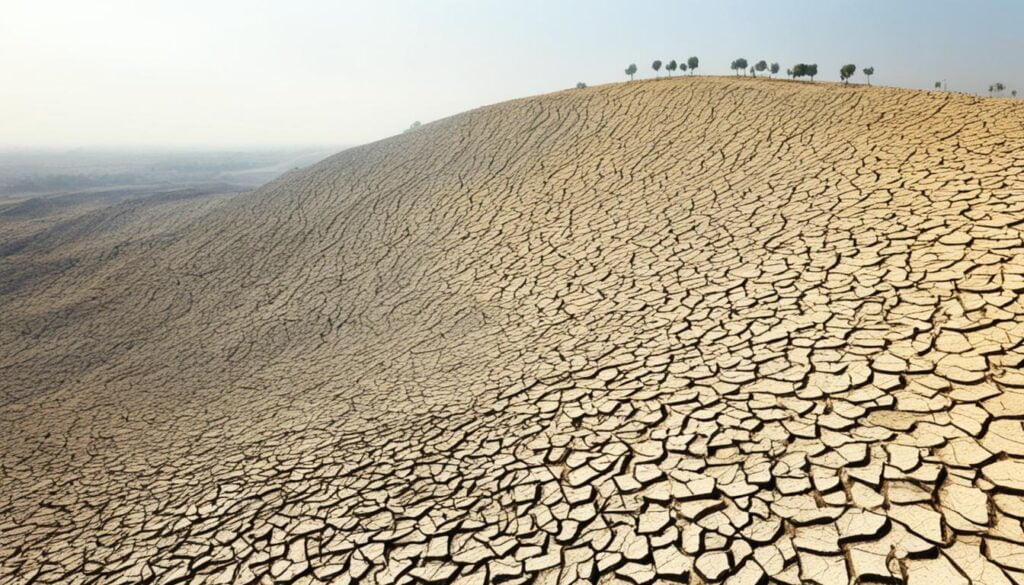
Population Distribution Across States
In India, the population is not spread evenly. Some states, such as Uttar Pradesh, Maharashtra, and Bihar, have very high numbers. On the other hand, places like Arunachal Pradesh and Sikkim have fewer people living there.1
Rural-Urban Divide
There’s a big difference in where people live in India – whether it’s the cities or the countryside. For example, a vast majority of Uttar Pradesh’s people live in rural areas, 77.73%. Meanwhile, only 22.27% live in the cities.2
Similar to Uttar Pradesh, Bihar shows a clear picture. It has 88.71% of its residents in rural zones and just 11.29% in urban areas.2 Maharashtra, however, is more balanced. 54.78% of its people are in rural areas, with 45.22% living in urban settings.2
Population density also varies greatly across states. Uttar Pradesh has around 828 people in every square kilometer. But Bihar is even more crowded with 1,102 people per square kilometer.2
| State | Population | Percentage of India’s Total Population | Rural Population (%) | Urban Population (%) | Population Density (per sq km) |
|---|---|---|---|---|---|
| Uttar Pradesh | 199,812,341 | 16.51% | 77.73% | 22.27% | 828 |
| Maharashtra | 112,374,333 | 9.28% | 54.78% | 45.22% | 365 |
| Bihar | 104,099,452 | 8.6% | 88.71% | 11.29% | 1,102 |
| West Bengal | 91,276,115 | 7.54% | N/A | N/A | 1,029 |
The difference in where people live in India is a big issue for those planning its future. It makes decisions about where to put resources, how to build things, and where to offer services very complex.12
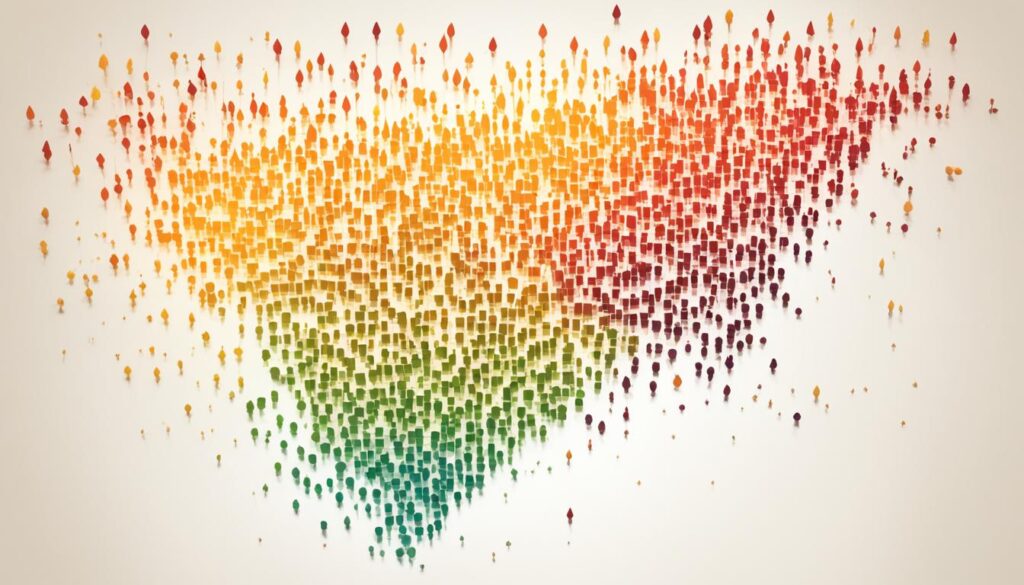
Impact of Population Growth on Development
In certain Indian states, too many people live close to each other. This crowds the area and makes it hard to grow the economy. The big population uses up all the resources, makes it tough to build things, and stops the government from giving good services. This slows down how much the area can improve overall.10
Economic Growth
India’s fast-growing population causes problems for the economy. With so many people, the country’s government can’t spend as much on important things like roads, hospitals, and schools. This slows the economy down and makes it hard for everyone to get good services.1011
Infrastructure Development
When many people live in one place in India, it’s difficult to manage. There aren’t enough homes, roads, hospitals, or schools for everyone. This means life isn’t as good for people and makes the region’s growth slow down.1011
India’s government is trying to fix these problems with projects like the Smart Cities Mission. They are working hard to make places better to live in both cities and the countryside. But, because so many people need help and there isn’t enough money, progress is slow.11
FAQ
Which state has the highest population in India?
In 2011, the Census named Uttar Pradesh the most populated state in India. It had 199,812,341 people. This is 16.51% of India’s total population.
Which state has the highest population density in India?
Uttar Pradesh was found to have the densest population by the 2011 Census. It has 828 people per square kilometer. This makes it the top state for population density.
Which state has the highest density of population in India?
The 2011 Census reported that Uttar Pradesh has India’s highest population density. It counted 828 people for every square kilometer.
In India, which state has the highest population?
Uttar Pradesh takes the lead in population in India. The 2011 Census placed its population at 199,812,341. This accounts for 16.51% of India’s total.
What is the most populous state in India?
With 199,812,341 people, Uttar Pradesh holds the title of India’s most populous state. This is as of the 2011 Census.
What is the population density of Indian states?
Population density in Indian states varies greatly. Uttar Pradesh leads with 828 people per square kilometer. Bihar and West Bengal follow closely with 1,102 and 1,029 people per square kilometer.
What is India’s largest state by population?
By population, Uttar Pradesh stands as India’s largest state. It is home to 199,812,341 people, according to the 2011 Census. This makes up 16.51% of India’s total population.
How are Indian states ranked by population?
The 2011 Census outlined the most populous states in India. Here is the ranking: 1. Uttar Pradesh, 2. Maharashtra, 3. Bihar, 4. West Bengal, and 5. Andhra Pradesh.
What are the top 10 most populated states in India?
The ten most populated states in India, according to the 2011 Census, are: 1. Uttar Pradesh, 2. Maharashtra, 3. Bihar, 4. West Bengal, 5. Andhra Pradesh, 6. Madhya Pradesh, 7. Tamil Nadu, 8. Rajasthan, 9. Karnataka, and 10. Gujarat.
Which are the densely populated Indian states?
High-density Indian states include Uttar Pradesh, Bihar, West Bengal, and Kerala. They see 828, 1,102, 1,029, and 859 people per square kilometer, respectively.
Source Links
- https://en.wikipedia.org/wiki/List_of_states_and_union_territories_of_India_by_population
- https://byjus.com/social-science/most-populated-states-in-india/
- https://en.wikipedia.org/wiki/Demographics_of_India
- https://testbook.com/static-gk/most-populated-state-in-india
- https://bestdiplomats.org/why-is-indias-population-so-high/
- https://www.orfonline.org/expert-speak/the-implications-of-the-growing-population-on-human-development-in-india
- https://foreignpolicy.com/2023/04/28/population-control-is-back-in-india/
- https://loksabhadocs.nic.in/Refinput/New_Reference_Notes/English/15072022_141200_1021205175.pdf
- https://m.economictimes.com/industry/healthcare/biotech/healthcare/the-district-where-indias-population-control-battle-is-faltering/articleshow/99408208.cms
- https://www.csis.org/analysis/what-india-becoming-worlds-most-populous-country-means
- https://www.npr.org/sections/goatsandsoda/2023/06/08/1180454049/india-is-now-the-worlds-most-populous-nation-and-thats-not-necessarily-a-bad-thi

